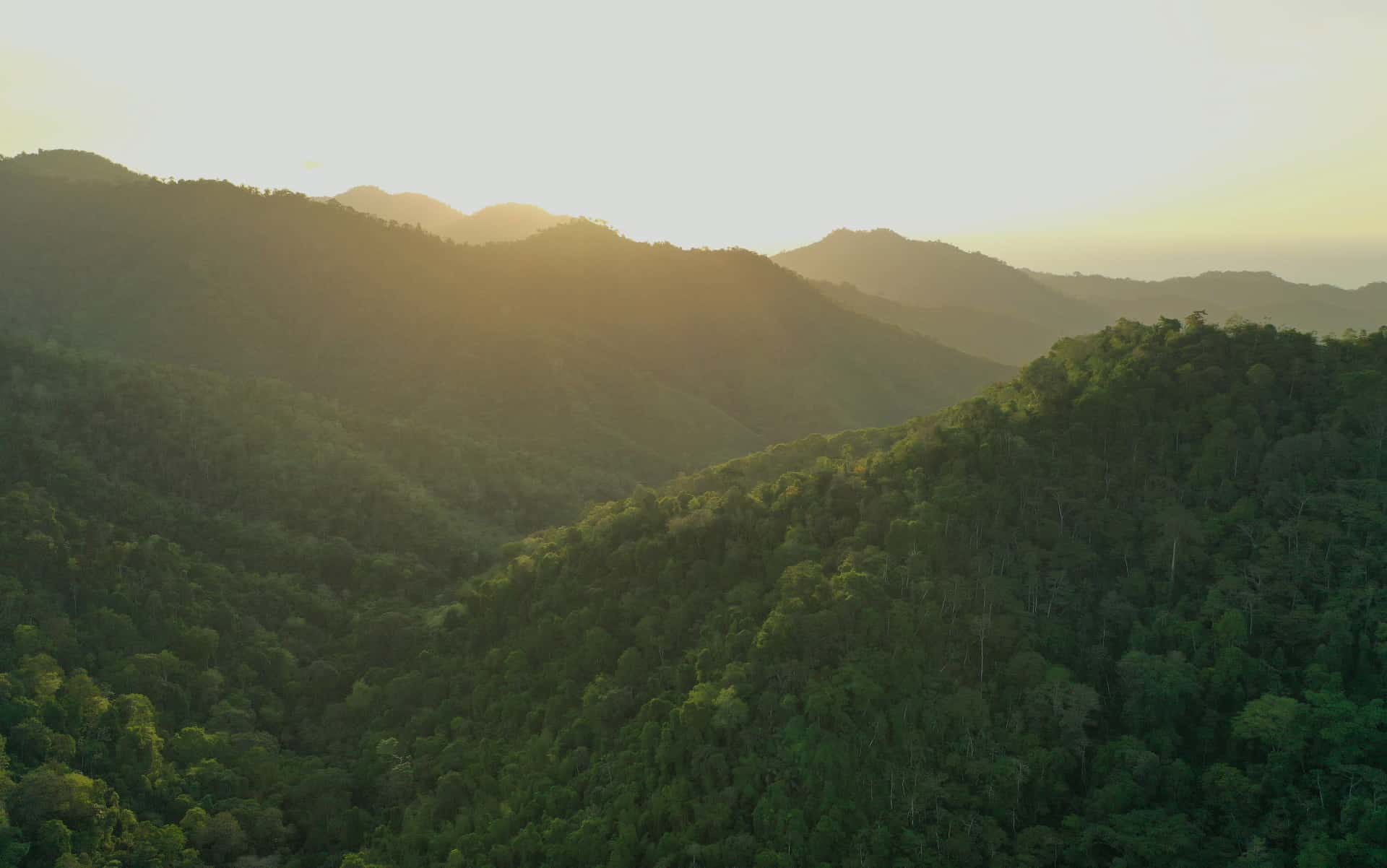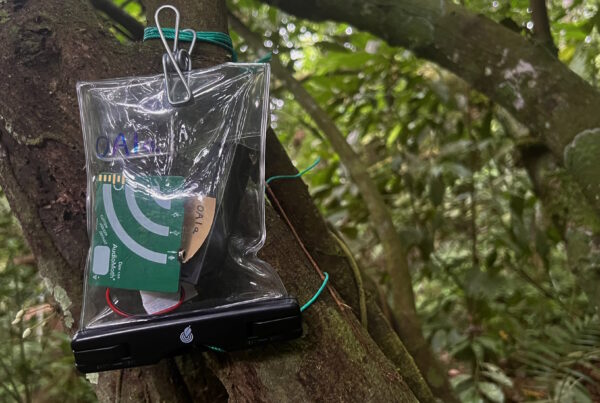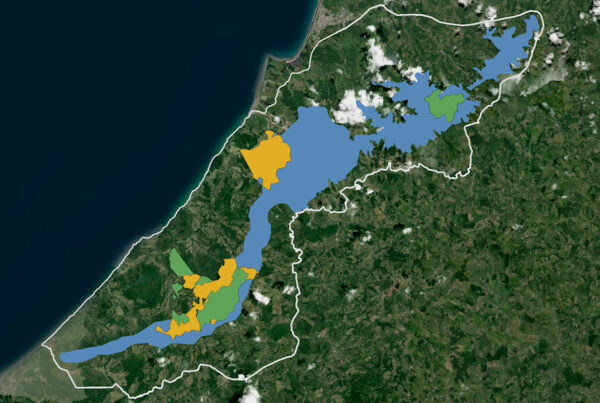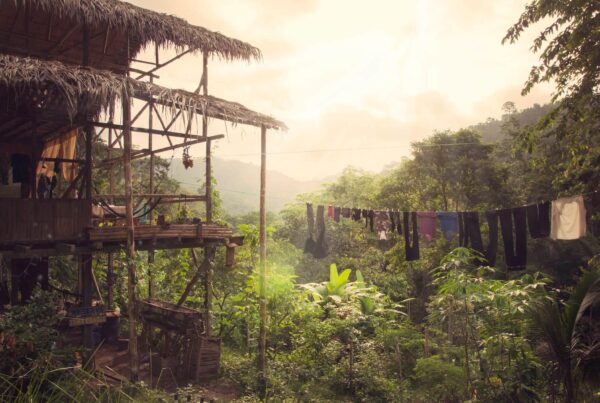Summary
TMA and its partners are building a large-scale conservation corridor that will protect and restore one of the last remnants of the Pacific Forest of Ecuador. The project is named in honor of the Ecuadorian White-Fronted Capuchin Monkey, which is endemic to the area and officially listed as critically endangered.
We’ve been laying the groundwork for this project since 2007. We started by creating the Jama-Coaque Reserve, which is the cornerstone. Our next step was to resurrect the nearly defunct Bosque Protector Cerro Pata de Pájaro in the north of the corridor, starting in 2021. All the pieces—personnel, expertise, organizational framework, field experience, and community standing—are in place to finish the job over the next ten years.
- Includes large-scale wilderness preservation combined with targeted regenerative agroforestry with local farmers.
- Protected forest is managed by local communities through TMA’s Community Forests Program (Bosques Comunitarios)
- Partially financed by direct carbon contributions and potentially through biodiversity credits
Call to Action
We are actively seeking additional funders who want to help build a rainforest conservation corridor at scale in a global biodiversity hotspot.
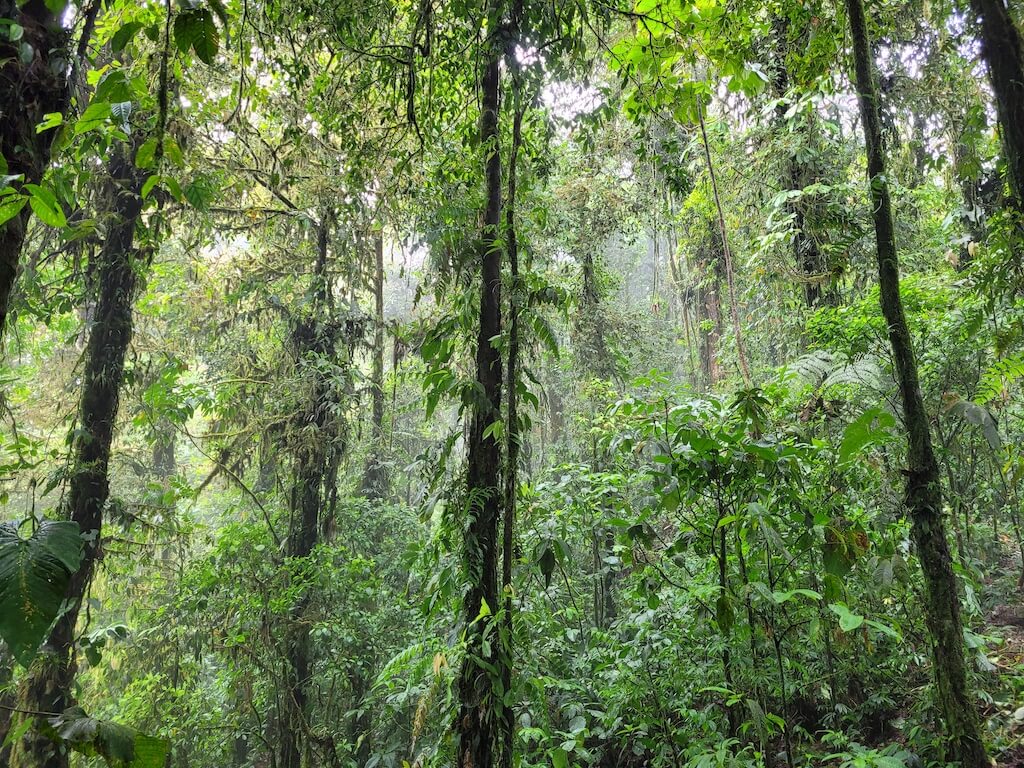
Chocó cloud forest in Cerro Pata de Pájaro.
What
- Total Corridor Area: 98,800 acres (40,000 hectares) spanning a 43-km mountain range on the Pacific coast of Ecuador, straddling the equator line.
- Forest Protection & Restoration Zone: 35,000 acres (14,000 hectares)
- Cost: $31 million over 10 years
- Net Carbon Benefit: 110,260 tons of CO2 per year (View the carbon assessment)
- Water Security: Provides freshwater to 79,000 people
- Inhabitants: 36 rural communities across 23 different watersheds, containing a total of 17,000 people. These are the primary stakeholders in this project.
- Local Jobs: Will generate income for over 500 families (Learn how in this 2-minute animated video)
- Ecological Diversity: Protects Chocó rainforest and cloud forest, moist evergreen forest, semi-deciduous forest, and tropical dry forest—all in the same mountain range.
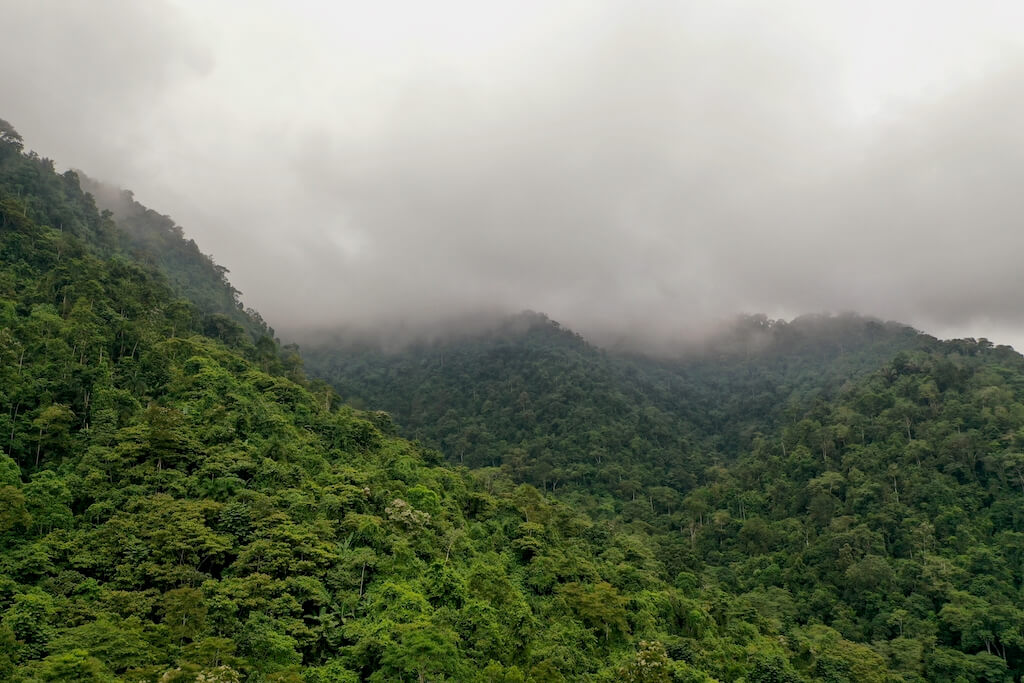
Moist evergreen forest at mid-elevation gives way to cloud forest at the peaks of the Jama-Coaque mountains (Jama-Coaque Reserve).
How
- Protect all remaining tracts of old-growth forest through purchase and/or easement to be managed by local communities (Community Forests Program).
- Restore degraded forest in areas no longer suitable for farming and grazing.
- Connect isolated forest fragments through regenerative agroforestry with local farmers.
- Revenue from carbon and/or biodiversity credits is distributed to local communities in the form of performance-based PES payments in exchange for protecting the forest in their home watersheds.
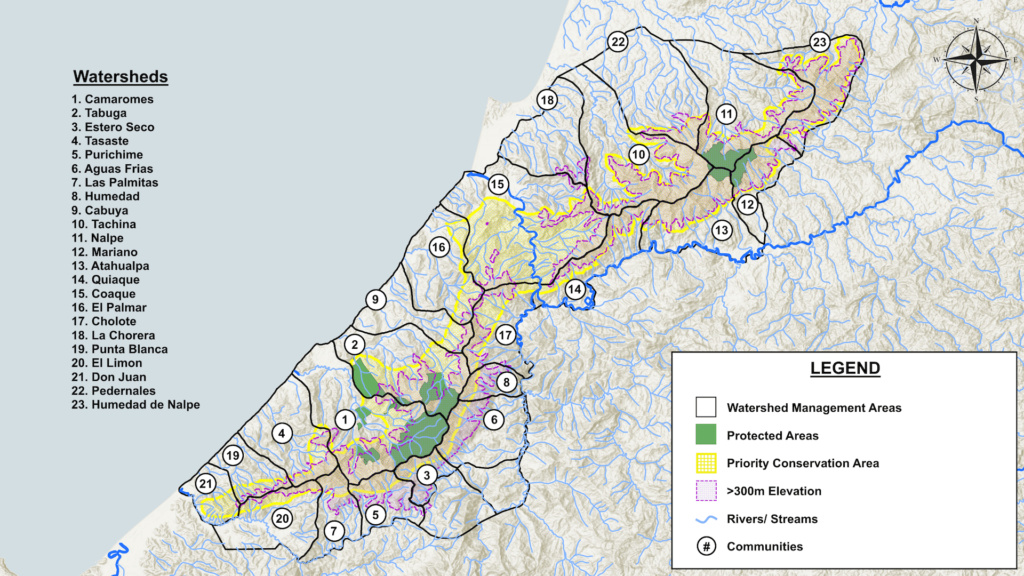
TMA’s Community Forests Program is a watershed-by-watershed approach to community-based conservation throughout the corridor.
Why
- By the numbers, this is the most endangered rainforest on earth: approximately 2% is left.
- It is classified as a “Species Rarity Site” and “High Biodiversity Area” on Global Safety Net, an open-source science initiative led by One Earth and Resolve.
- It is located at the heart of the Tumbes-Chocó-Magdalena Biodiversity Hotspot.
- There is zero governmental forest protection in this area.
- At the current rate of deforestation, all major tracts of mature forest will likely disappear within the next 20 years.
- This ecosystem is a microcosm of the biosphere in the present era; unsustainable development has brought it to the brink of collapse. We believe our success in restoring it to health will serve as a model for other large-scale forest restoration projects across the planet.
- This specific mountain range is one of the last buffers from extinction for the Ecuadorian White-Fronted Capuchin Monkey.
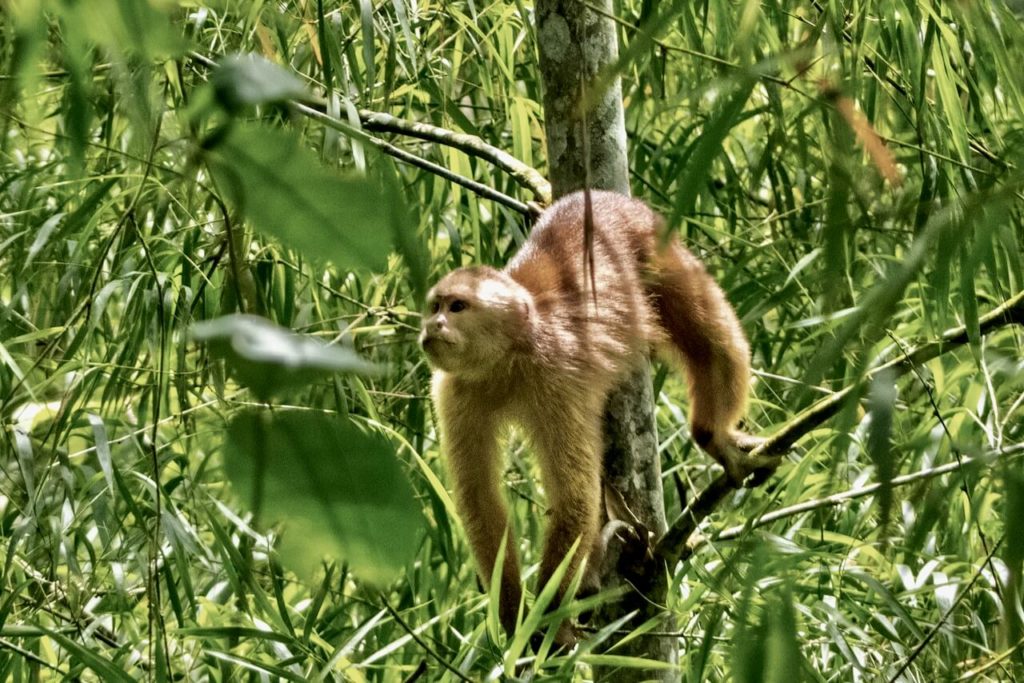
The critically-threatened Ecuadorian capuchin monkey (Cebus aequatorialis) pictured in a stand of wild bamboo in the Jama-Coaque Reserve.
Learn More
- The pathway to building the Capuchin Corridor is our Community Forests Program.
- For a 2-page outline on the long-term vision of the Capuchin Corridor, check out Long-Term Threats & Plan for Resilience of the Capuchin Corridor: Management Guide for the Coming Decades.
- View the carbon assessment of the Capuchin Corridor and Camarones River Basin.
- Watch a video of an Ecuadorian White-Fronted Capuchin Monkey taken by a trail camera positioned in the canopy of a tree in the Jama-Coaque Reserve.
- To learn more about the Pacific Forest of Ecuador, check out The Most Endangered Forest You’ve Never Heard Of
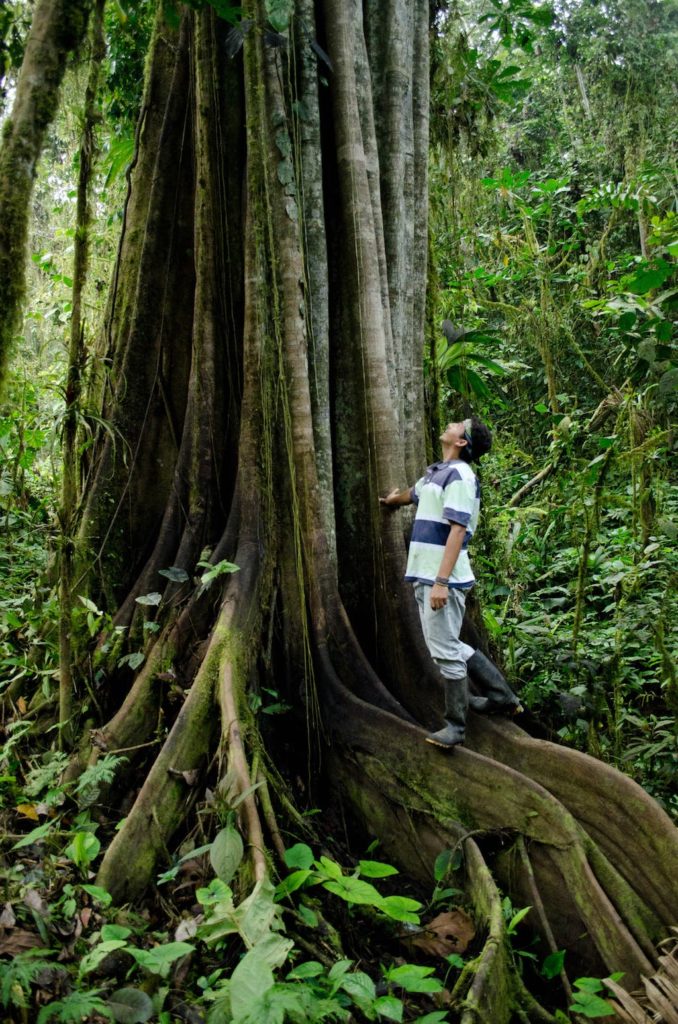
Strangler Fig (Ficus sp.) in the Jama-Coaque Reserve.
